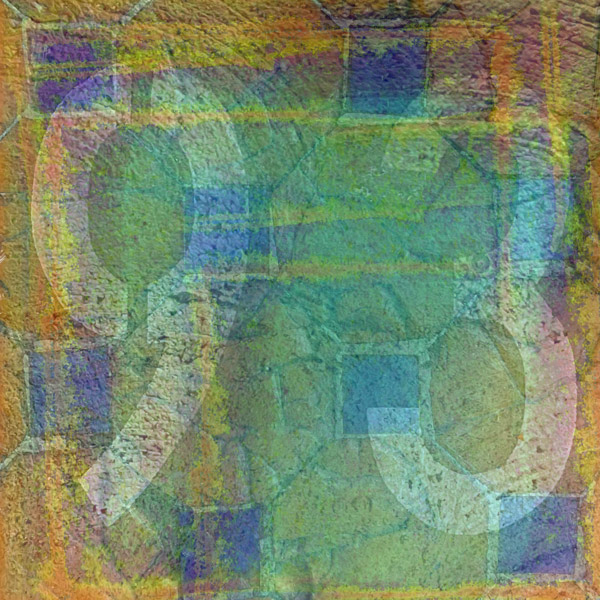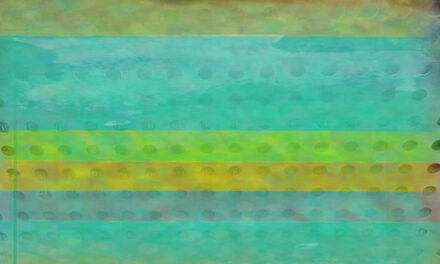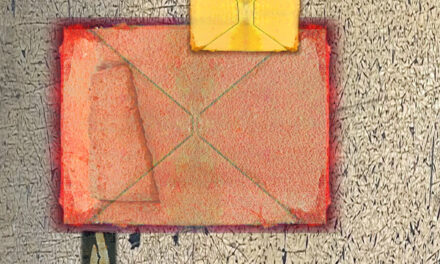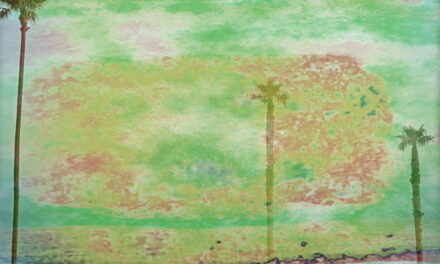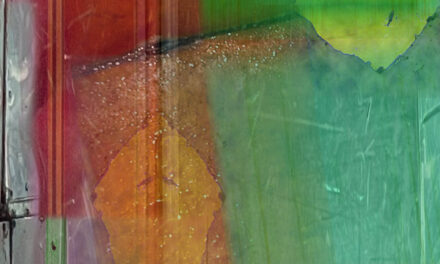El Centro, California suddenly shook with invisible fury. The sun had just set on a spring evening in 1940 when the earthquake struck.
Geologists called it a right-lateral strike-slip. Centered five miles north of Calexico, it ruptured the Imperial Fault, tore up irrigation systems across the Imperial Valley and racked up more than six million dollars in damage.
They had a seismograph in El Centro, California. It recorded 13 tremors over the course of five minutes. The magnitude was either 6.9 or 7.1. An aftershock hit near Brawley. Eight people were killed. Railroad tracks were bent. Bridges were damaged. Along with El Centro, valley towns of Imperial, Brawley, El Centro, Calexico, and Mexicali were roughed up.
In Brawley, after the shaking tore apart the first floor of the Hotel Woodrow, the second floor slid down onto the street. In Imperial, the big water tank for the town collapsed and a hundred thousand gallons of water splashed across the desert.
The desert highway between Holtville and El Centro buckled a few feet.
Canals of the Imperial Irrigation District were breached. Nine breaks sliced up the Alamo Canal along a twenty-mile stretch. All this put the cantaloupe crop at risk so they went to work right away to fix the Alamo and Solfatara Canals.
Buildings swayed in Los Angeles. Down in Mexico the quake triggered a short circuit which burned down a hotel in Mexicali.
That very same day the ground rumbled in Europe. Nazi troops were on the march.
In France, Erwin Rommel’s 7th Panzer Division arrived in Cambrai and stopped for supply line support. Over the course of five days Rommel’s tanks advanced more than 80 miles a day. More than 10,000 French prisoners had been captured.
A few weeks after the quake, people across the Imperial Valley would turn on their radios and listen to President Roosevelt deliver another one of his Fireside Chats. This one came to be known as his “Stab In The Back” speech, where FDR denounced the Nazi invasion of its European neighbors. The President went on to lay the intricate planks of groundwork for America’s eventual decision to go to war.
It was a mild night on the desert. In another year and a half the young men from El Centro, California and the Imperial Valley would leave home for Europe.

